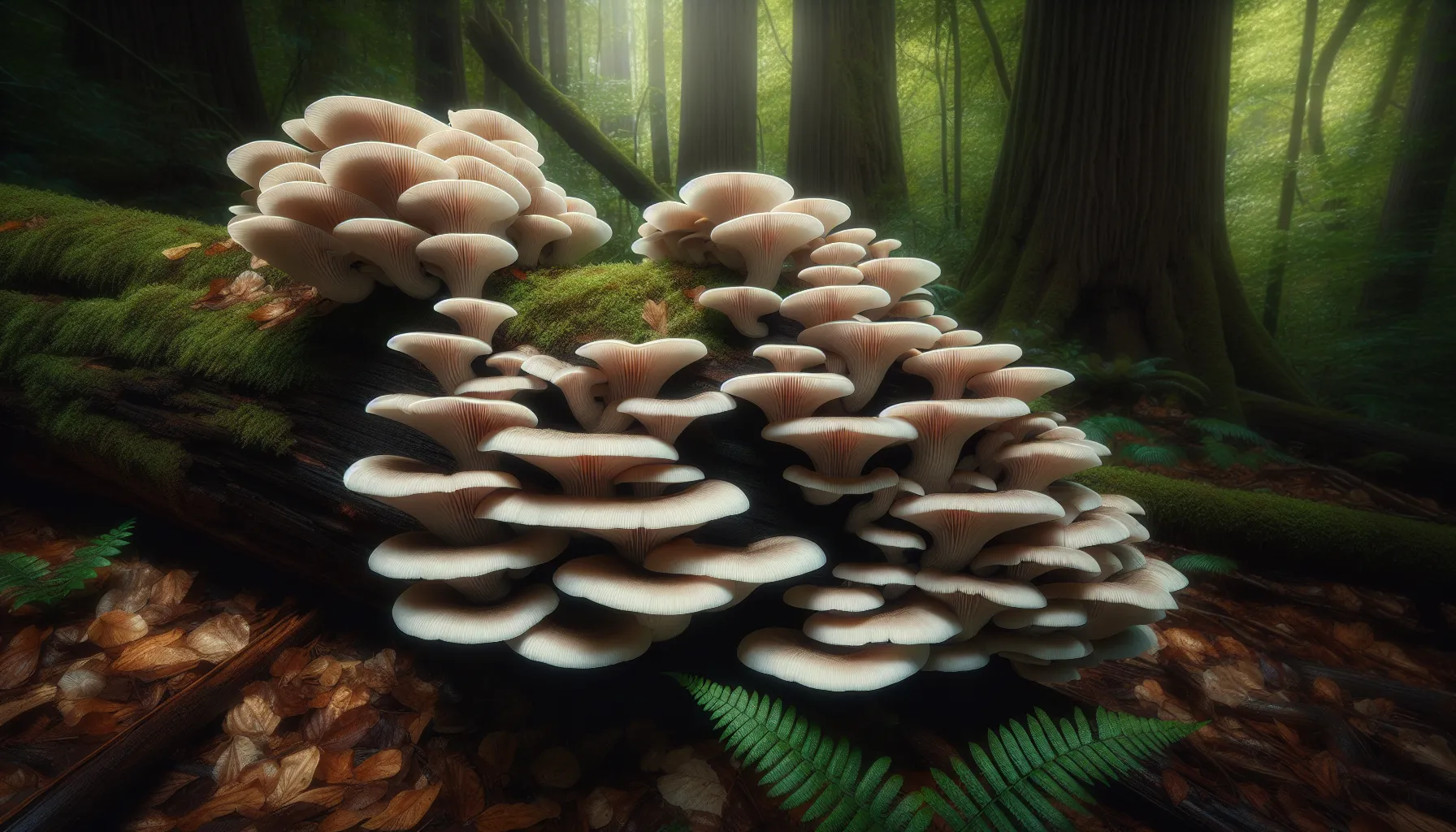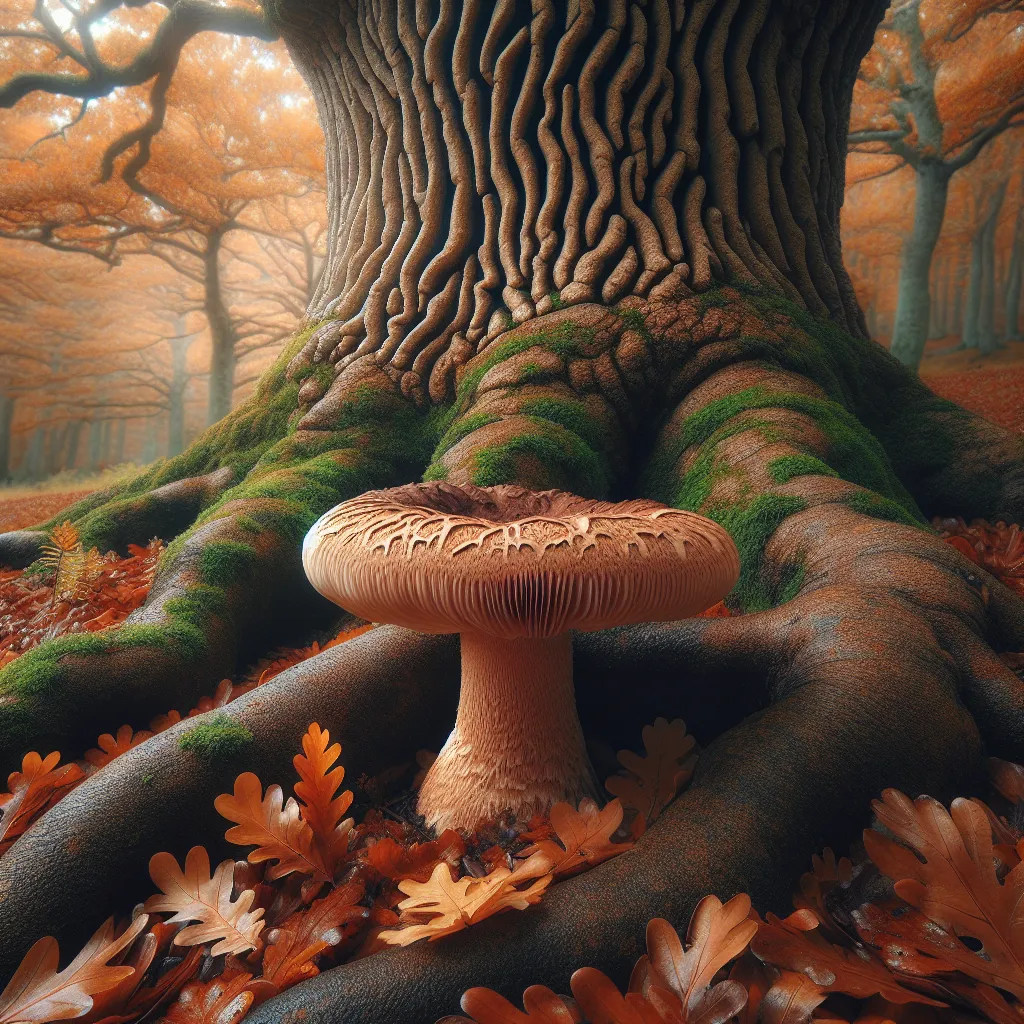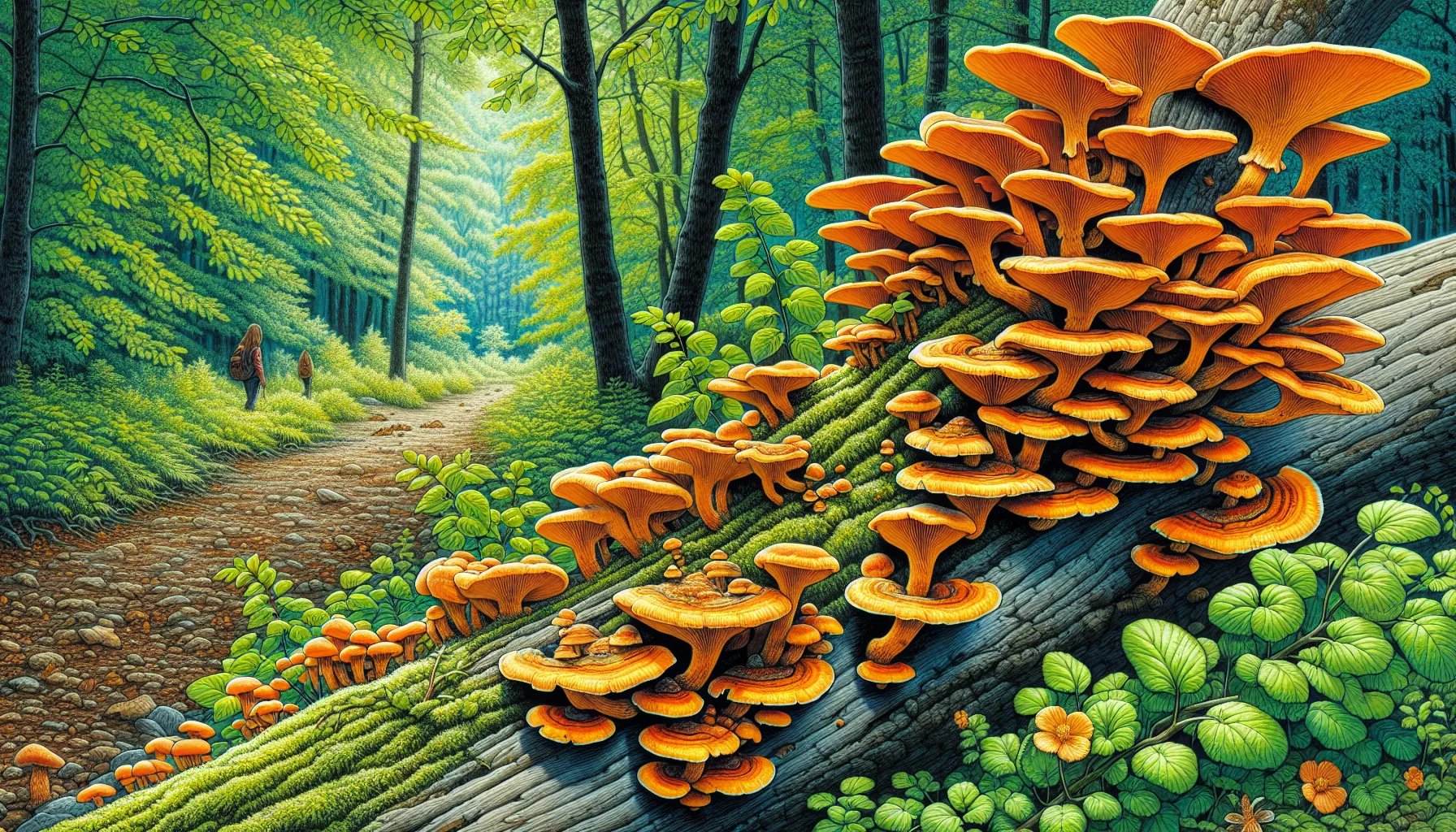Foraging for wild edible mushrooms is an age-old tradition that marries the thrill of the hunt with the joy of a delicious meal. However, the stakes can be high in this ancient pursuit, as a single misstep can have serious consequences. This guide will equip you with the knowledge necessary to safely identify and enjoy edible wild mushrooms, while also cautioning against those that are best left untouched.
Edible Delights from the Wild
Let’s explore three wild mushrooms that are not only safe to consume but are also a treat for the taste buds. Care should be taken, as several species of poisonous mushrooms may look, to the untrained eye, like their edible counterparts. If you have any doubt about a particular mushroom, its best to avoid consuming it until you have confirmation that it is of the edible variety. Remember that age old adage: When in doubt, throw it out. For now, lets review the safe, tasty options that can be found in your local forest, or grocery store.
Oyster Mushroom (Pleurotus ostreatus)
The oyster mushroom is a culinary favorite, known for its delicate texture and subtle flavor that pairs well with a variety of dishes. These mushrooms grow in tiered clusters on dead or dying hardwoods like oaks and beech trees. They can be identified by their oyster-shaped caps, which come in shades from white to gray.
These fungi are not just a forager’s delight but also a popular choice for home cultivators. For those interested in growing their own, a detailed guide on How to Grow Oyster Mushrooms can be an invaluable resource.

Maitake Mushroom (Grifola frondosa)
Commonly known as Hen of the Woods, the maitake mushroom boasts a rich, earthy flavor that enhances any dish. It thrives at the base of trees, particularly oaks, and is revered in both culinary and medicinal circles. Maitakes are distinguishable by their large size and grayish-brown ruffled caps.
Unlike many wild mushrooms, maitakes have no poisonous lookalikes, making them a safer choice for novice foragers. To delve deeper into the world of maitake, the North American Mycological Association provides resources on foraging and identification.

Chicken of the Woods (Laetiporus sulphureus)
This vibrant mushroom gets its name from its remarkably chicken-like taste. Found on hardwood trees, Chicken of the Woods is unmissable with its bright orange to yellow shelves. It’s a meaty mushroom that offers a substantial bite, making it a perfect meat substitute in vegetarian dishes.
For those interested in learning more about this species, a comprehensive guide can be found at Complete Guide to Chicken of the Woods Mushrooms, which provides detailed information on identification and preparation.

Preparing Your Mushroom Bounty
Hunting may be half the fun, but preparing and eating your finds is equally gratifying. Remember these tips to ensure the best culinary experience:
- Use a soft brush to clean your mushrooms, followed by a brief rinse.
- Employ a pierced colander to wash them without waterlogging.
- If grilling, pre-soak bamboo skewers to prevent burning, or use a grill basket for larger specimens.
A Word of Caution: Mushrooms to Avoid
The mushroom kingdom also harbors its dangers, and the following five species should be avoided at all costs:
Death Cap (Amanita phalloides)
The infamous death cap is responsible for most mushroom poisoning fatalities worldwide. It has a greenish cap and white gills, and its toxins are not neutralized by cooking. Beware of its resemblance to some edible species, and when in doubt, leave it out.
Destroying Angels (Amanita species)
These pure white mushrooms are as deadly as they are beautiful. They belong to the same genus as the death cap and are equally toxic.
False Morels (Gyromitra species)
False morels mimic the highly sought-after true morels but can be distinguished by their solid rather than hollow structure. They contain harmful compounds and should be avoided.
A detailed comparison of true and false morels can be found on the MushroomExpert.Com website.
Webcaps (Cortinarius species)
The rusty brown caps of webcaps may lure foragers with their appearance, but these mushrooms can cause severe kidney damage. It is vital to distinguish them from safe varieties.
Conocybe Filaris
This inconspicuous lawn mushroom contains the same deadly toxins as the death cap. Its cone-shaped, brownish cap might look harmless, but it is anything but.
To further educate yourself on dangerous fungi, consider visiting Poisonous Mushrooms: A Guide for Foragers, which offers an in-depth look at toxic mushrooms and their effects.
Conclusion
Foraging for wild mushrooms can be a wonderful experience, offering a connection to nature and a path to delicious meals. The edible varieties like oyster, maitake, and chicken of the woods mushrooms are not only tasty but also add a nutritious element to your diet. However, the risks involved with misidentification are real and can be fatal. Always err on the side of caution and, if possible, forage with an expert or rely on multiple trusted resources to confirm the identity of any wild mushrooms before consumption. Happy foraging, but remember: safety first!
